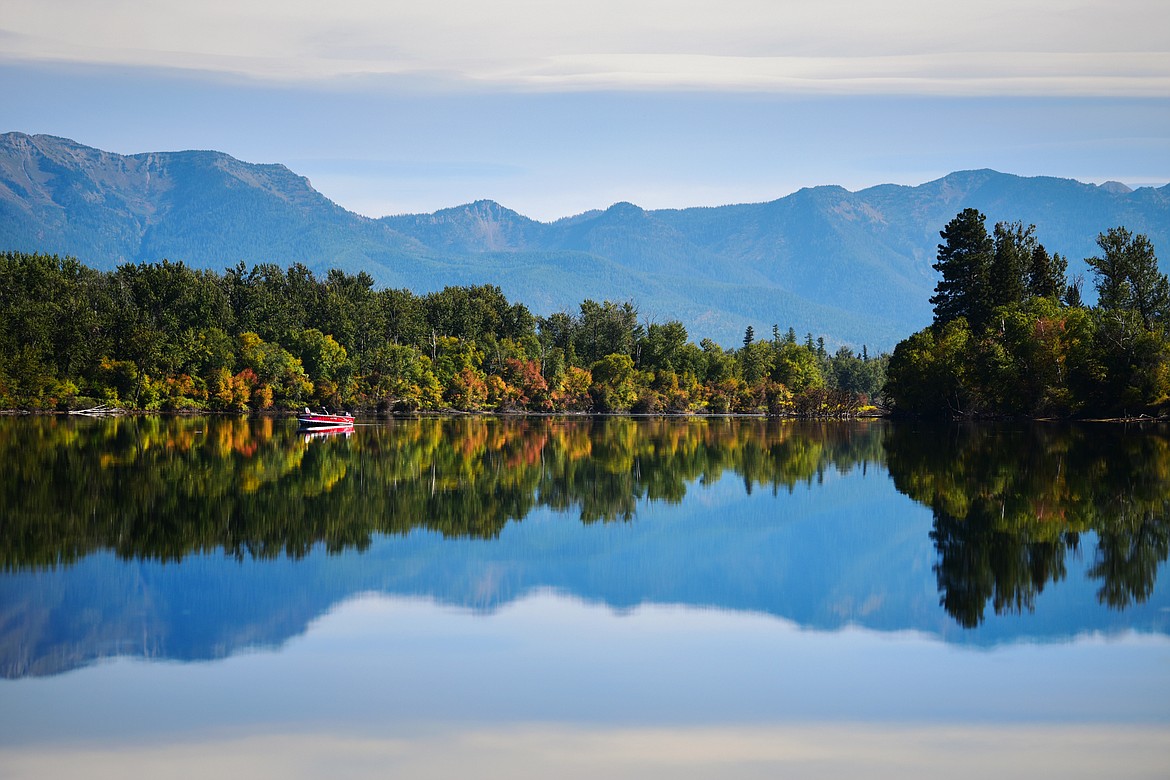Conservation study sights recreational boating on Flathead River
Flathead Valley conservation officials Monday will release a request for proposals to gauge how recreational boating impacts the increasingly crumbly riverbanks of the lower Flathead.
The erosion study coincides with a thrice-tipped joint resolution passed last year by the Montana Legislature to compile existing data on erosion along the Flathead River; ferret out impacts from recreational watercraft; and recommend how to control erosion along its alluvial banks...
Support Local News
You have read all of your free articles this month. Select a plan below to start your subscription today.
Already a subscriber? Login
Daily Inter Lake - everything
Print delivery, e-edition and unlimited website access
- $26.24 per month
Daily Inter Lake - unlimited website access
- $9.95 per month

